Product Consultation
Your email address will not be published. Required fields are marked *
Mesh office chairs have gained widespread popularity in modern workplaces due to their ability to combine comfort, support, and breathability, all of which are essential for users who spend extended hours seated. To optimize user well-being and productivity, manufacturers integrate a range of sophisticated ergonomic features into mesh chairs that address the physiological challenges posed by prolonged sitting.
One of the most critical ergonomic components in mesh office chairs is adjustable lumbar support. This feature is designed to maintain the natural inward curvature of the lumbar spine, which is vital in reducing lower back strain and preventing chronic pain. Unlike fixed lumbar supports, adjustable versions can be moved vertically or even adjusted in firmness or depth to precisely fit the unique contours of different users’ lower backs. This adaptability helps distribute spinal pressure more evenly and encourages healthy spinal alignment during hours of desk work.
The breathable mesh backrest itself is a defining ergonomic advantage of mesh chairs. Unlike traditional padded upholstery, mesh fabric promotes continuous air circulation between the user’s back and the chair. This airflow prevents heat and moisture buildup, which are common causes of discomfort and distraction during long sitting sessions. The mesh material also provides flexible support, conforming to the shape of the user’s back to offer gentle yet firm resistance that adapts dynamically to movement, enhancing both comfort and posture.
Adjustable seat height is a fundamental ergonomic feature present in virtually all mesh office chairs. This adjustability ensures that users can position their feet flat on the floor with knees bent at approximately 90 degrees and thighs parallel to the ground. Proper seat height reduces pressure on the underside of the thighs, prevents circulation problems, and promotes a balanced posture that minimizes muscle fatigue.
Many mesh office chairs are equipped with tilt and recline mechanisms that encourage what is known as “dynamic sitting.” Rather than remaining static in one upright position, users can tilt the chair’s backrest backward to various angles, relieving pressure on spinal discs and allowing the body to change posture throughout the day. Some advanced tilt systems also include tension controls that adjust the resistance of the recline, enabling users to customize how easily the chair leans back, which further enhances ergonomic support.
Adjustable armrests play a crucial role in reducing upper body tension. Ergonomic mesh chairs often feature armrests that can be raised or lowered, moved laterally, or pivoted to align comfortably with the user’s elbows and forearms. Proper armrest positioning helps support the arms during typing or phone use, reducing strain on the shoulders, neck, and upper back muscles, which are common areas of discomfort in office workers.
Some mesh chairs include seat depth adjustment, a feature that allows the seat pan to slide forward or backward to accommodate varying leg lengths. This adjustment ensures that the seat supports the thighs adequately without exerting pressure behind the knees, which can lead to numbness or restricted blood flow. Proper seat depth contributes to improved circulation and overall comfort during extended periods of sitting.
The contoured seat design further enhances ergonomic comfort by distributing body weight evenly across the seating surface. Cushions are often shaped to relieve pressure points and encourage proper pelvic positioning, which is essential for maintaining spinal alignment and reducing fatigue.
Additional ergonomic features include the swivel base and smooth-rolling casters, which facilitate ease of movement and access within the workspace without the need for excessive twisting or stretching. This reduces the risk of repetitive strain injuries by allowing the user to reposition comfortably with minimal effort.
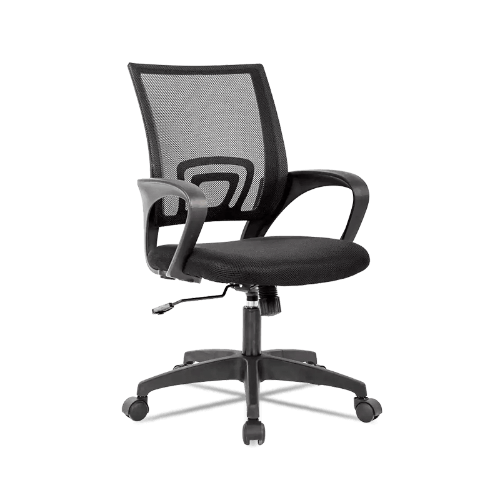
Some mesh office chairs come equipped with adjustable headrests that support the neck and head, particularly useful for individuals who spend long hours working on computers or reading. The headrest helps prevent neck strain by encouraging users to maintain a neutral cervical posture and can often be tilted or raised to fit different body sizes.
Mesh office chairs integrate a comprehensive suite of ergonomic features designed to address the physical demands of prolonged sitting. These features work synergistically to support natural body alignment, promote airflow and temperature regulation, reduce pressure on key areas of the body, and enable dynamic movement throughout the workday. By prioritizing adjustability and comfort, mesh office chairs contribute significantly to user health, productivity, and workplace satisfaction.
Innovations in Leisure Chairs Transform Outdoor and Indoor Comfort
Jun 23,2025How much should I spend on a home office chair?
Jul 08,2025Your email address will not be published. Required fields are marked *
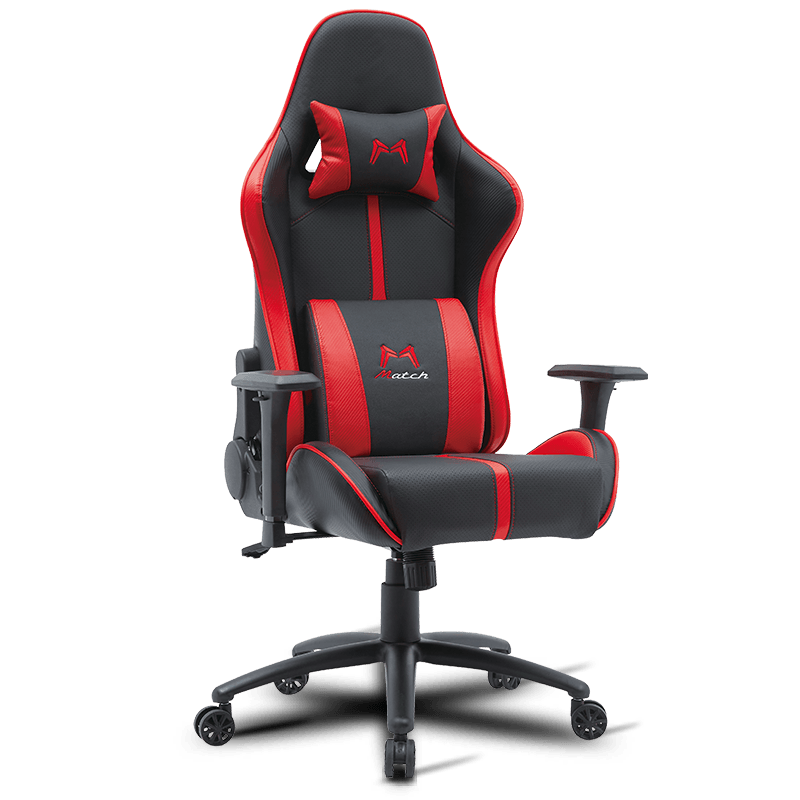
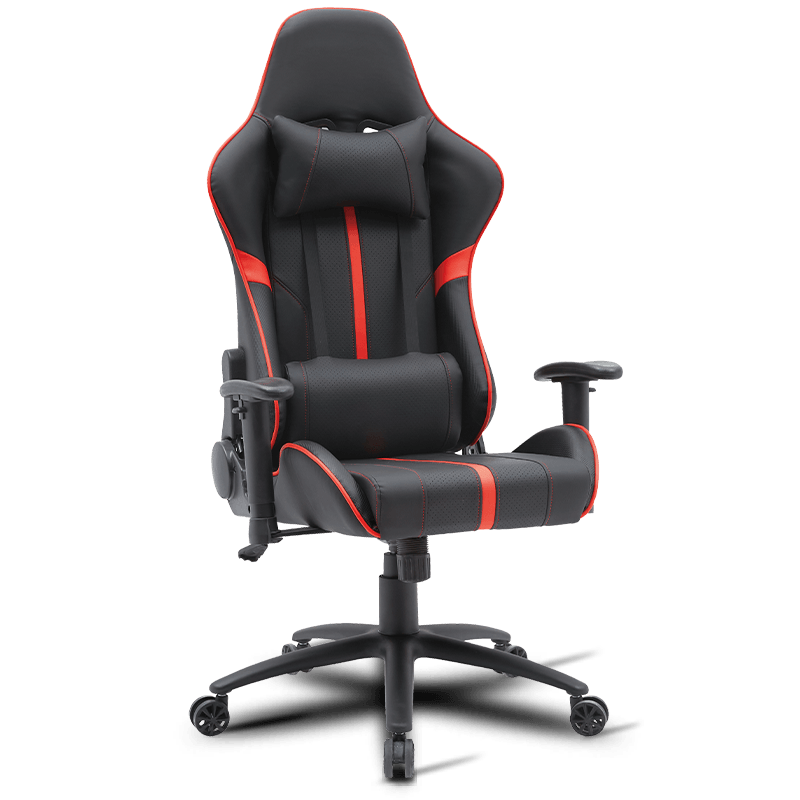

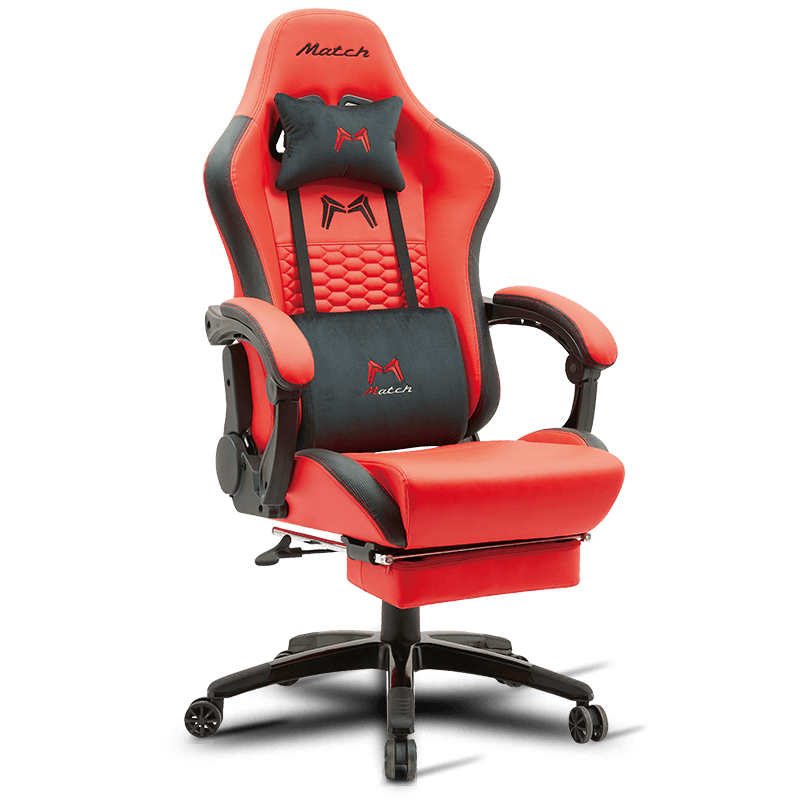
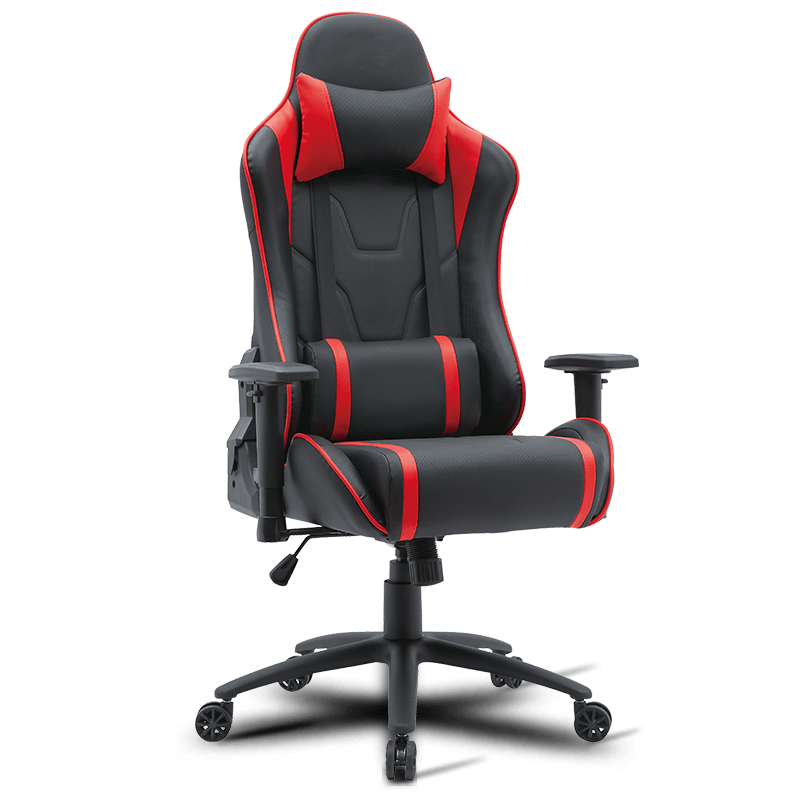
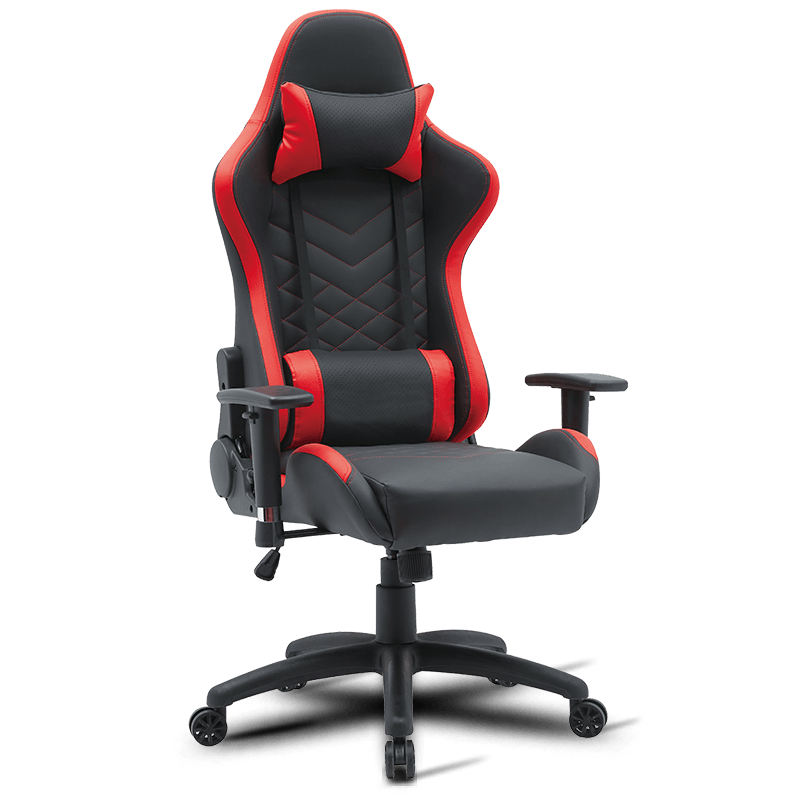
Tangpu, Huzhou, Zhejiang, China
0086-15088380506
Copyright © Anji Mingchuang Furniture Co., Ltd. All Rights Reserved.
